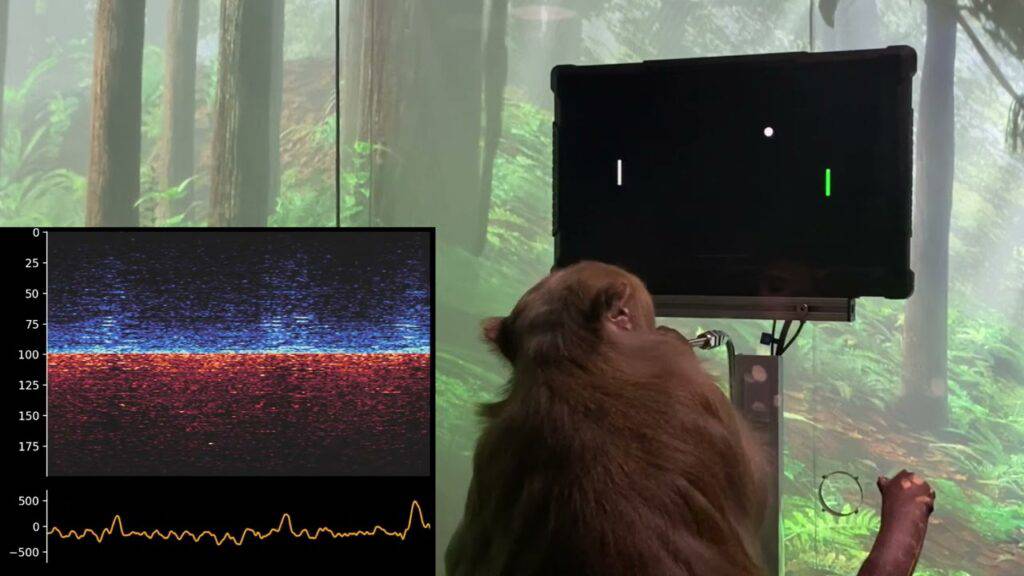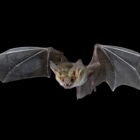Pager: Neuralink’s Mind-Controlled Pong

In 2021, Neuralink, the brain-machine interface (BMI) company founded by Elon Musk, unveiled a video showcasing a macaque monkey named Pager playing the classic video game Pong using only its mind. The breakthrough involved wirelessly transmitting brain signals via an implanted device, marking a significant stride towards the development of a fully implantable, wireless clinical BMI system.
Playing Pong with the Mind
Pager’s journey into the world of mind-controlled gaming began with traditional methods. Initially taught to play Pong using a joystick, the macaque was rewarded with a fruit smoothie for successful gameplay. Throughout this training phase, Neuralink’s innovative device recorded the intricate neural activity responsible for controlling the joystick movements.
The Disconnect: Mind-Only Gameplay
Once Pager became adept at playing Pong with the joystick, Neuralink took center stage. The joystick was disconnected, leaving Pager to navigate the game solely with its mind. The Neuralink device successfully interpreted the neural signals, allowing the macaque to control the game seamlessly through mental commands.
Wireless Wonders and Future Aspirations
The absence of wires in the experiment marked a momentous achievement for Neuralink. Elon Musk’s ambitious company envisions a future where individuals with neurological conditions can remotely control phones or computers using a wireless, fully implantable BMI system. The ultimate goal is to restore digital freedom to people with paralysis, enabling easier communication, online exploration, artistic expression, and even recreational activities like playing video games.
Potential for Physical Mobility Restoration
Neuralink’s blog post highlighted the potential for the BMI system to go beyond digital interactions. By reading signals in the brain, the technology could be refined to stimulate nerves and muscles, offering hope for restoring physical mobility in individuals with paralysis. The researchers acknowledged the need for further refinement, especially considering the calibration process used with Pager would not be applicable to humans.










